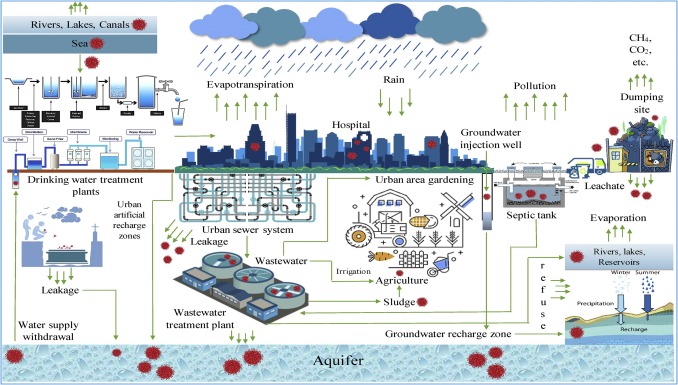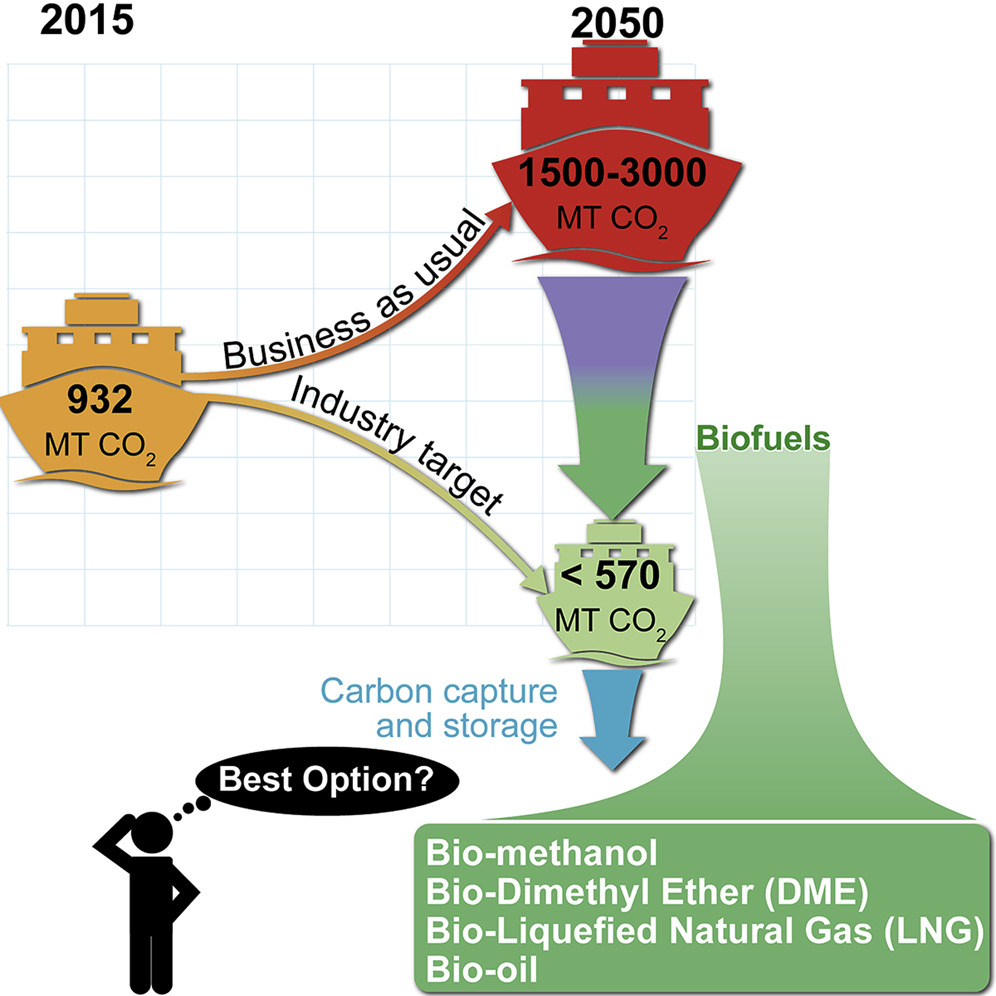Elsevier, Journal of Hazardous Materials Letters, Volume 1, November 2020
Increased concern has recently emerged pertaining to the occurrence of severe acute respiratory syndrome coronavirus 2 (SARS-CoV-2) in aquatic environment during the current coronavirus disease 2019 (COVID-19) pandemic. While infectious SARS-CoV-2 has yet to be identified in the aquatic environment, the virus potentially enters the wastewater stream from patient excretions and a precautionary approach dictates evaluating transmission pathways to ensure public health and safety.
Elsevier, The Lancet Planetary Health, Volume 4, November 2020
Background: Various retrospective studies have reported on the increase of mortality risk due to higher diurnal temperature range (DTR). This study projects the effect of DTR on future mortality across 445 communities in 20 countries and regions. Methods: DTR-related mortality risk was estimated on the basis of the historical daily time-series of mortality and weather factors from Jan 1, 1985, to Dec 31, 2015, with data for 445 communities across 20 countries and regions, from the Multi-Country Multi-City Collaborative Research Network.
Elsevier, iScience, Volume 23, 20 November 2020
The greenhouse gas (GHG) emissions of the marine sector were around 2.6% of world GHG emissions in 2015 and are expected to increase 50%–250% to 2050 under a “business as usual” scenario, making the decarbonization of this fossil fuel-intensive sector an urgent priority. Biofuels, which come in various forms, are one of the most promising options to replace existing marine fuels for accomplishing this in the short to medium term.
Elsevier, Psychosomatics, Volume 61, 1 November 2020
Background: Coronovirus disease 2019 (COVID-19) first broke out in Wuhan, Hubei Province, China, in 2019, and now it spreads in more than 100 countries around the world. On January 30th, the World Health Organization (WHO) declared COVID-19 a public health emergency of international concern. It was classified as a pandemic by the WHO on March 11, 2020. With the increase in the number of cases reported by various countries every day, the COVID-19 pandemic has attracted more and more attention around the world.
Elsevier, Current Research in Food Science, Volume 3, November 2020
The principal motivations for the worldwide trend towards reducing meat consumption are health, the environment and animal welfare. The present study investigated the willingness of omnivores to introduce mixed (beef-vegetable protein) and 100% vegetable protein products into their diet. The participants (n = 251) were young adult omnivores who consumed meat at least once a week. The stimuli were images of six different products representing two beef burgers, two mixed-protein burgers (50% beef and 50% seitan or soy) and two 100% vegetable protein burgers (seitan and soy).
Elsevier, The Lancet Global Health, Volume 8, November 2020
Background: Stay-at-home orders (lockdowns) have been deployed globally to control COVID-19 transmission, and might impair economic conditions and mental health, and exacerbate risk of food insecurity and intimate partner violence. The effect of lockdowns in low-income and middle-income countries must be understood to ensure safe deployment of these interventions in less affluent settings. We aimed to determine the immediate impact of COVID-19 lockdown orders on women and their families in rural Bangladesh.
Elsevier, The Lancet Global Health, Volume 8, November 2020
Background: Stay-at-home orders (lockdowns) have been deployed globally to control COVID-19 transmission, and might impair economic conditions and mental health, and exacerbate risk of food insecurity and intimate partner violence. The effect of lockdowns in low-income and middle-income countries must be understood to ensure safe deployment of these interventions in less affluent settings. We aimed to determine the immediate impact of COVID-19 lockdown orders on women and their families in rural Bangladesh.
Elsevier, Catena, Volume 194, November 2020
With ongoing global climate change and human activities, increasing desertification plays a predominant role in increasing soil nutrient losses. Soil nitrogen (N) is the essential limiting nutrient supporting plant growth and evaluating soil nutrient content, especially in desert ecosystems. N microbial processes will ultimately restore and maintain the balance in the soil N cycle, but the damage caused by desertification to soil N functional microorganisms associated with N supply, transformation, and loss is poorly understood.


